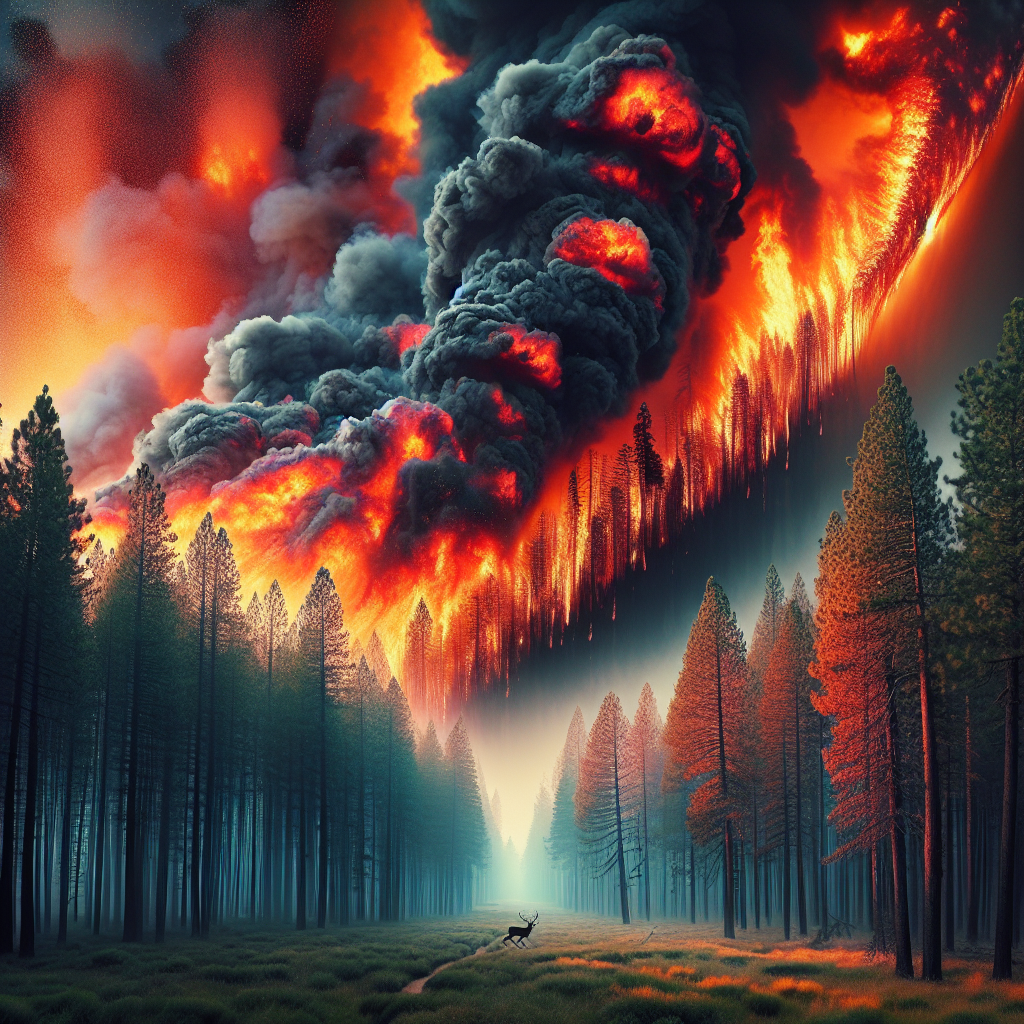South Korea Battles Historic Wildfires: Death Toll and Destruction Rise
South Korea faces unprecedented wildfires across its southern regions, causing 26 deaths and destroying over 300 structures. Limited rainfall offers little help in combating the blazes. Authorities have mobilized thousands of personnel and helicopters. Human error is suspected in several fire origins, with severe damages reported across historic sites and rural areas.

- Country:
- South Korea
In an unprecedented environmental crisis, South Korea's southern regions are engulfed by ferocious wildfires, which have claimed 26 lives and decimated more than 300 structures. Thousands of rescue personnel and dozens of helicopters have been deployed to combat the blazes, marking the country's most severe wildfire event to date.
Despite the efforts, expected rainfall of less than 5 millimeters offers little to no relief. Authorities suspect human activities, such as grass burning and welding sparks, have contributed to the ignition of these destructive fires. The disaster has left many injured, forced over 24,200 residents to evacuate, and has burned 35,810 hectares of land.
The most affected areas are Andong city, Uiseong, Sancheong, and Ulsan. Significant historical sites, including the Hahoe folk village and Gounsa temple, have suffered severe damage. The Korea Forest Service has heightened its wildfire alert, urging local governments to intensify emergency responses and limit forest accessibility.
(With inputs from agencies.)
ALSO READ
Deadly Wildfires Ravage South Korea: Firefighters Sacrifice Lives Amidst Blazing Battle
Tragic Wildfires Claim Firefighters' Lives in South Korea
Inferno Devours Gujarat Paper Mill: Firefighters Battle Blazing Catastrophe
Life-Saving Heroes: Firefighters Aid in Unusual Medical Emergency
Devastating Wildfires Ravage South Korea's Historic Sites










